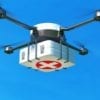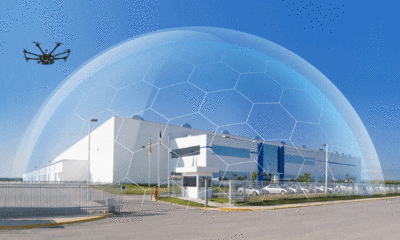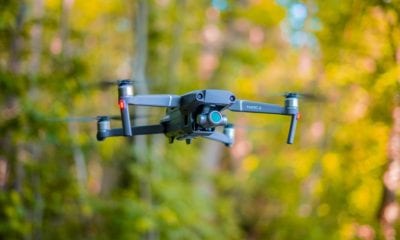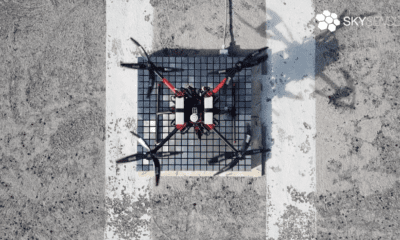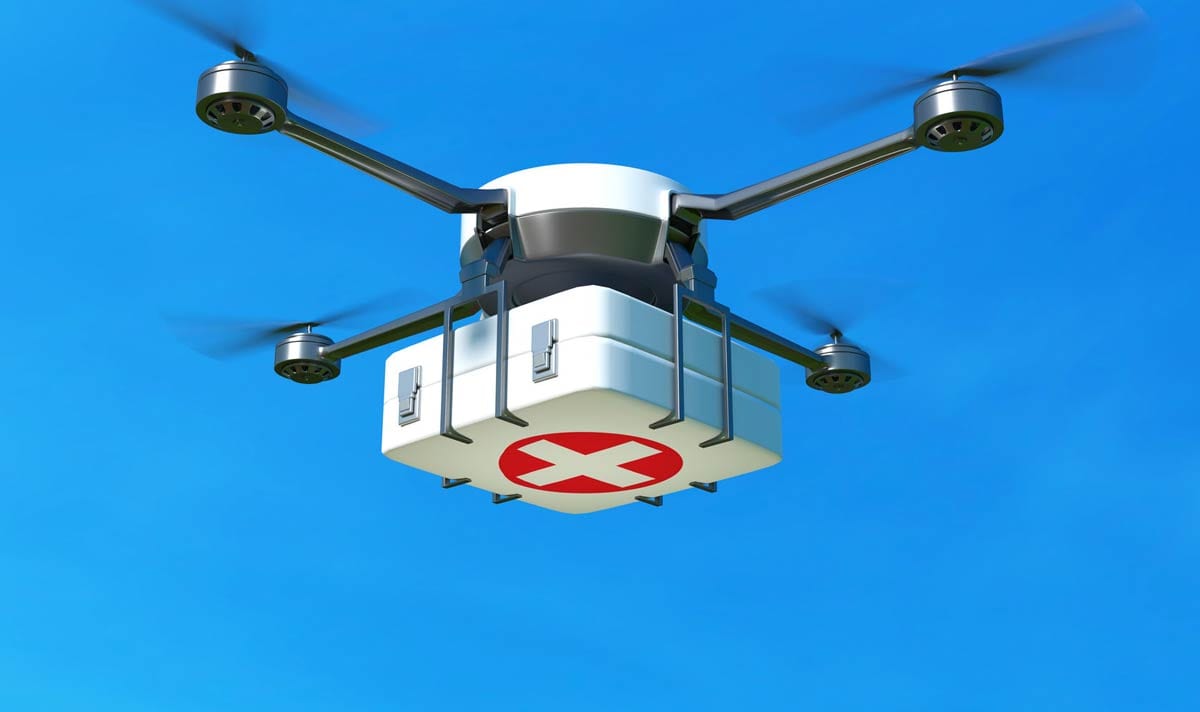
News
Using Drones to Enhance Building Access for the Physically Disabled
A new thesis by Abdou Fall of the University of Cincinnati explores the use of drones and their assistive capabilities as a framework that could help the people living with a physical disability or finding it hard to maneuver their environment, especially buildings, with ease.
Basically, the thesis paper outlines a step by step approach that helps readers understand how drone technologies can map buildings and help people with physical challenges. In a world where there are more disabled people than ever before, drone technology aims to accept them and align with their needs in terms of accessibility.
Mixed Methods that Gather and Analyze Data
The study also employs mixed methods to gather and analyze data and articulate requirements for use by universities and institutions. By doing that, the contribution of the work of the authors can inform institutions about technical and policy-related requirements for using drones videos in a way they can build a potential framework and use case.
As the author outlines in the thesis:
“Though Google has a technology to map the inside of buildings, they have limited mapping as this does not exist in all buildings yet as it only exists for essential buildings such as airports (Amal, 2015). Lack of daily updates on construction limits the effectiveness of Google mapping on structures. Drone technology advancement as in the proposition of this research will address the issue of inside building mapping. It will enable people with physical disabilities to save the time that would otherwise be wasted if they send someone to look around on their behalf or send a telepresence robot, which also has the same problem of mobility.”
Moreover, the authors suggest a specific innovation which would send a drone that is specially designed in a building – to maneuver and better navigate, helping the physically disabled and their problems. The drone technology will be assistive in buildings for people living with disabilities and only require flexibility and improvement regarding regulations, innovation, desk and functionality of its use.

A drone fitted with Stereo Fisheye lens navigates inside of a building during tests, Courtesy of the University of Tokyo and Blue Innovation (Gilhooly, 2018)
Replacing Escalators and Lifts – One Drone at a Time
With actual modifications and recommendations, the author who is a graduate at the University of Cincinnati also talks about assistive technologies, requirements analysis, uninhabited aerial vehicles (UAVs), the Federal Aviation Authority (FAA) and many other topics which concern his thesis.
Drones, with this plan, will potentially replace escalators and lifts which are the existing technologies that work to reduce the mobility time wastage for the general population. Thanks to their assistive features, drones can ensure that those living with a physical disability can also save time by knowing in advance if their mobility will be limited.
“According to MIT Technology Review (2015) a drone which has a directional sense that incorporates small drones that can navigate buildings on their maps of an interior space already in use to inspect oil rigs or crops in the field. The limitation in these small drones is that they still need highly skilled human pilots. Moreover, even the drones that are semi-autonomous still require an already built-in maps or access to data over a wireless link (Byrne, 2015). There is already work in progress to make drones more independent primarily by researchers in some institutions of higher learning such as those in the Zurich’s Federal Institute of Technology (Byrne, 2015). The suitability to this in the cases of building navigation to suit the needs of a physically disabled is that they can help draw its three-dimensional map of an unfamiliar space with minute help from an expert,” the author notes.
The Author’s Final Thoughts
By allowing GPS technology, drones could be recreated in a better way and applied in this technology as a solid fit. With illustrations, tests and actual use cases, the author explains that drones can help the average disabled person – especially the young people which deserve assistive devices in order to study favorably with others.
The author’s research is also a serious attempt to solve the parameters of the drone technology – and trigger the regulatory enforcement to enable a technology that can universally accommodate not only the physically disabled – but also the first-time visitors in each institution.
Citation: Assistive Drone Technology: Using Drones to Enhance Building Access for the Physically Disabled, Abdou Fall, University of Cincinnati


